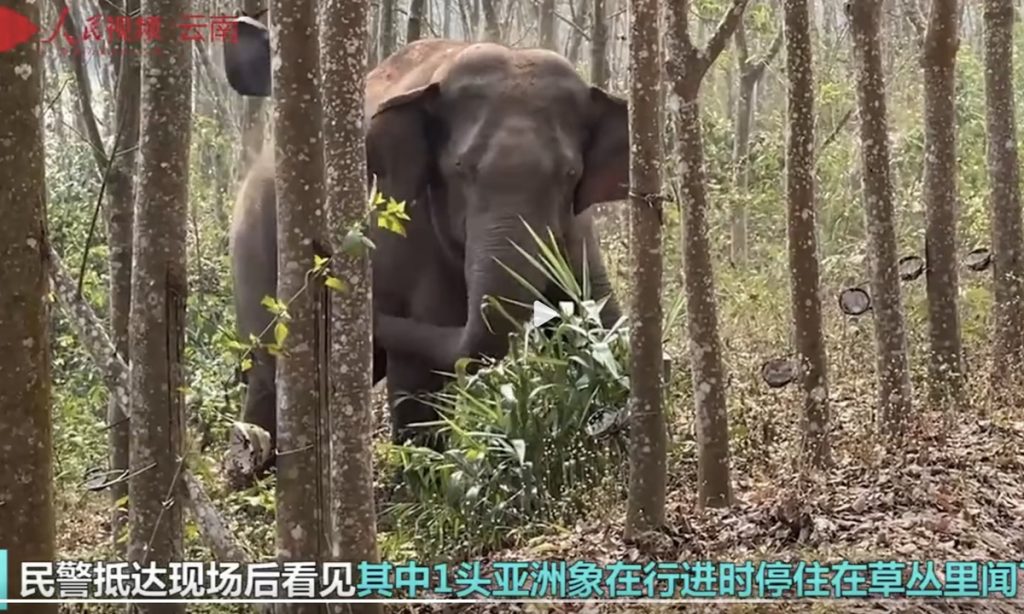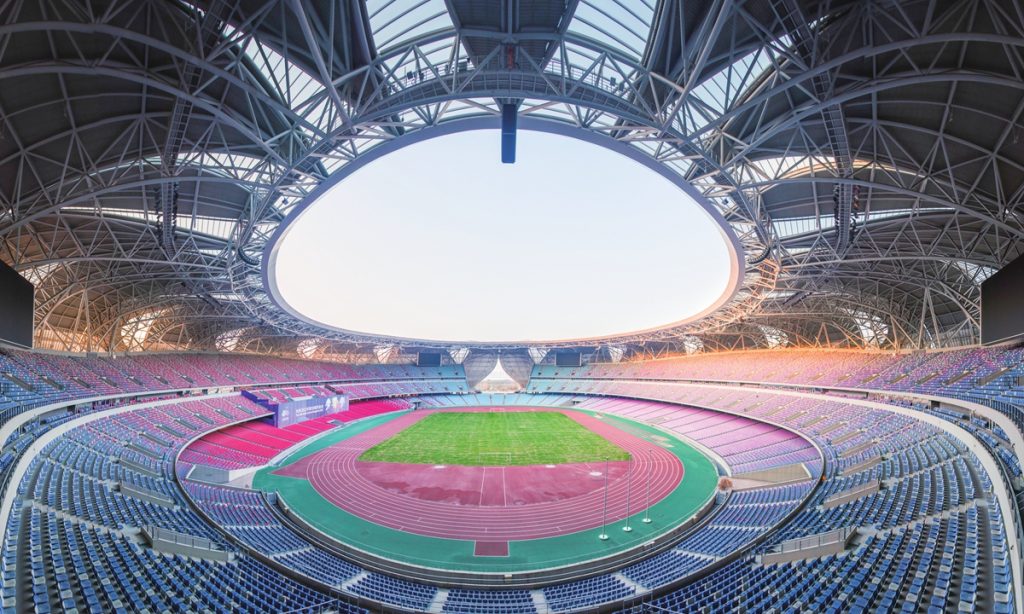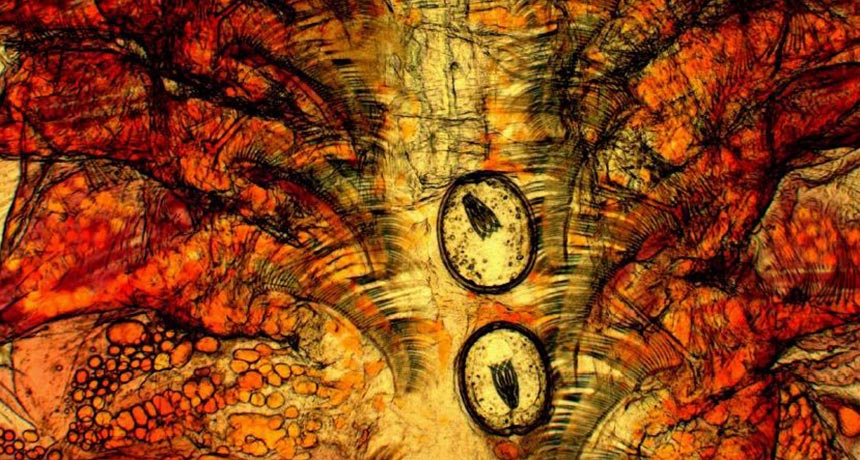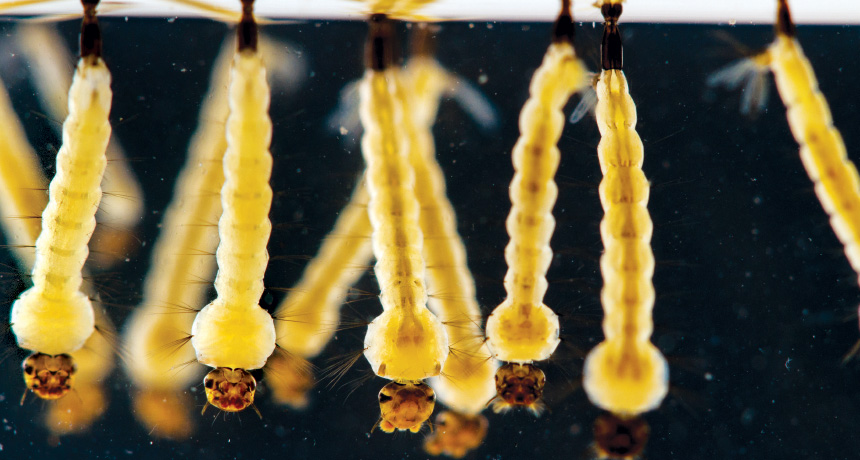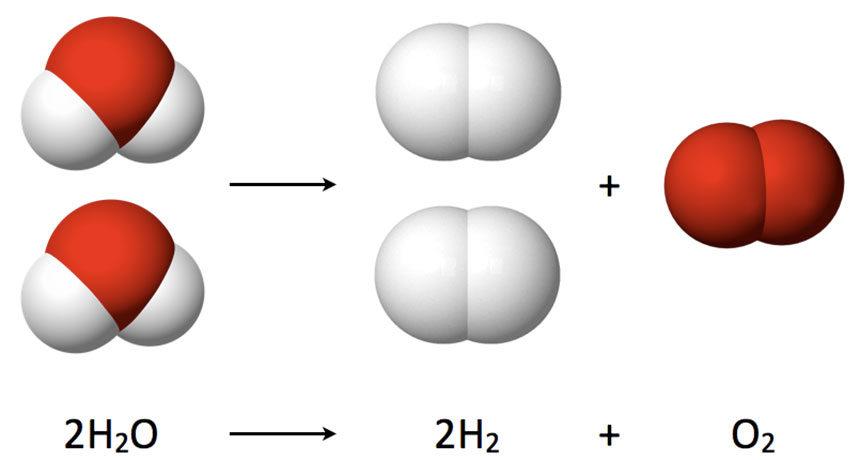US, European scholars call for space collaboration with China, as ‘science has the power to unite people’

As China completed another feat on Tuesday, sending the country's first civilian taikonaut to China's space station, stargazers worldwide expressed willingness to carry out more cooperation with China in the aerospace field, despite an ever-intense China-US relation. Although the US government has not stopped their smears and attacks on China's space development, some academicians and institutes from the West are willing to collaborate with China for the advancement of science, as there is no border, no politics in the vast universe, Olivier Contant (Contant),the French-American Executive Director of the International Academy of Astronautics, and Erick Lansard (Lansard), a professor at the Nanyang Technological University, told the Global Times (GT)in an interview.
GT: Witnessing China's progress in the aerospace field in recent years, how do you believe the development will contribute to the advancement of mankind's knowledge?
Lansard: In recent years, there has been some acceleration in China's development. The first time I visited China was in 1996 for the 47th International Astronautical Congress in Beijing, first time hosted by China. Over the years, I have witnessed the progress and development of the Chinese space program. The long-term plan that China drafted several years ago has been implemented, and that has been truly amazing. Despite political tensions, the international space community maintains the interest in continuing discussions among different countries and actors.
GT: The US has been continuously hyping a "space race" with China, with NASA Chief Bill Nelson repeatedly attacking China's space programs, accusing China of stealing technology from the US. How do you think about Nelson's remarks and the future cooperation between China and the US in space?
Contant: Everyone has their own political purpose for saying what they say. The NASA chief represents a state organization, but in the science community, we focus more on our research and tend to have more nuanced opinions according to our areas of cooperation.
At the International Academy of Astronautics (IAA) we recognize expertise all over the globe. And this year we are jointly awarding the Laurels for Team Achievements to both the Chang'e-5 International Team in China and the International Artemis 1 Mission Team in USA.
Also, our Academy is having a major role in the IPSPACE annual conference together with the International Peace Alliance and CIIC in China and other international organizations. The moto for 2022 was "One space, One home". This shows so well the efforts we jointly perform to promote international cooperation not only for the future but for the present time. In addition, we have just participated in the inauguration of the International Innovation Research Institute which will also provide opportunities for international cooperation, including between USA and China.
Lansard: Let me say that when it comes to collaboration, regardless of the country involved, establishing trust among different stakeholders is crucial. Trust means ensuring a genuine win-win situation and respecting each other's contributions, including specific know-how and Intellectual Property. Science provides an excellent platform for collaboration because it inherently offers mutual benefits
What's more, it's important to make a clear distinction between space agencies, which are empowered by the governments to implement policies, and individual researchers and scientists, that can collaborate with the blessing of their national space agencies.Science has the power to unite people.
GT: Several months ago, the European Space Agency announced that they would stop their plans to send astronauts to the Chinese space station. Do you think it is a result of US' pressurization upon Europe?
Contant: It's important to recognize that each nation has its own considerations. China is opening up, and it's beautiful. Just like in any relationship, cooperation can have its ups and downs. We need to listen to each other, adapt, find middle ground, and move forward together.
At the IAA we are working on cosmic studies with international researchers, experts and leaders and this includes US, Europe, and China. We have published about 80 studies with contributions of specialists from about 45 countries. It's unique as such international participation maintains a balance of different views.
GT: Do you or your colleagues look forward to visiting China's space station one day? What kind of projects do you want to carry to the space station?
Contant: Definitely, as the IAA is a non-governmental academy like a giant family of the most prestigious experts and scientists, where we appreciate each other, know each other, and are friends regardless of countries.
We are open to collaboration with any space station. We envision exciting projects in various fields, such as agriculture, where we can conduct extensive testing on seeds and vegetables that hold potential benefits for humanity on Earth. Additionally, we are interested in exploring energy solutions and carbon capture techniques. Such collective efforts aim to advance scientific knowledge and contribute to the benefit of our shared future.
Lansard: Most likely, scientists and researchers will stay on ground! I would recommend that the Chinese authorities are inviting and facilitating access to space for universities and research labs, by providing opportunities to embark scientific or technological experiments onboard the Chinese space station, as well as small experimental satellites (nanosatellites, cubesats) that could be launched directly from the space station.
This approach would help fostering collaboration between universities and would encourage idea sharing. It's a great way to support universities, especially considering that they often have limited funding but that they are rich in innovative ideas. It takes time to develop an initial idea and bring it to maturity, so having a platform for sustainable collaboration is extremely valuable.
GT: What other potential fields that you would like to engage with China?
Contant: In deep-space, China is investing a lot of effort in finding exoplanets to understand the origin of life and discover any form of intelligence or life on other planets. That would be an important area of collaboration. Additionally, planetary defense is key to mitigate any potential threats to Earth from asteroids or other dangers that need the joint efforts from all space players. Space Solar Power is also a promising field and the Academy has recently set up a Permanent Committee with international players, including China.



